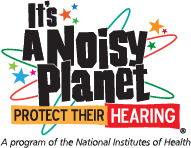Keep hearing the sounds you love! Earplugs and earmuffs help protect your hearing from harmful noises. You'll still be able to hear the sounds you love, but your hearing will be protected from damaging noise.
There are many types of hearing protectors, so you can wear the ones that fit your style and are the most comfortable. Choose a great color or design that matches what you're wearing.
Formable foam earplugs
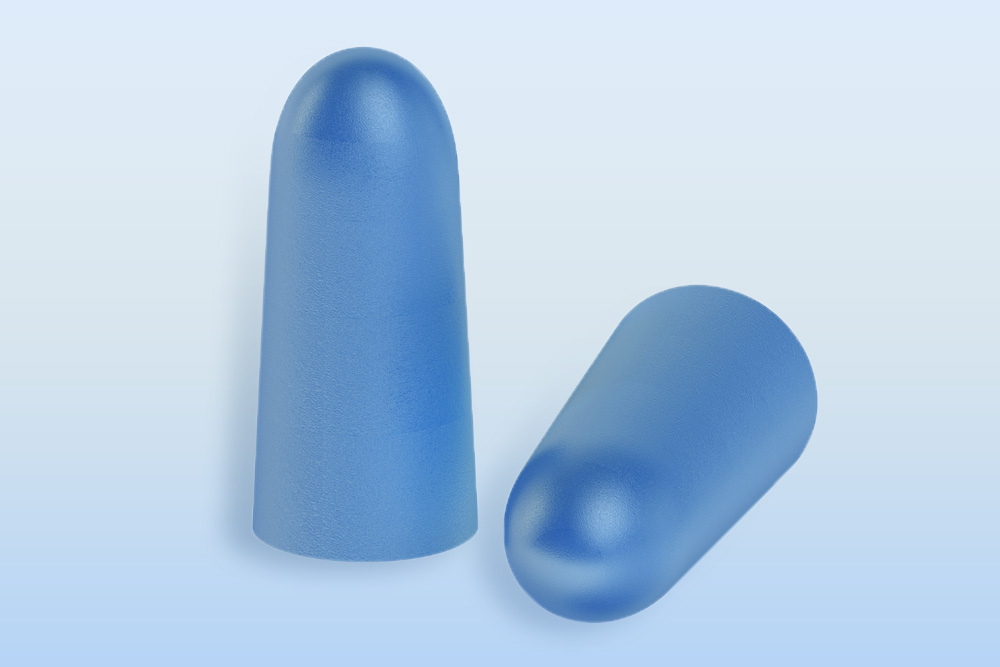
How to use:
 Roll
Roll
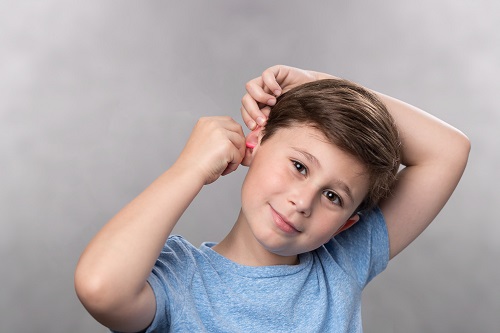 Pull back and insert
Pull back and insert
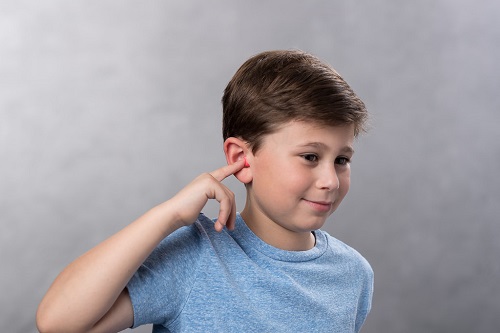 Hold
Hold
- Insert one earplug at a time. With clean hands, roll the earplug up into a small, thin "snake" with your fingers. To avoid making creases, which create tunnels that let in sound, start by using gentle pressure to roll the earplug and then gradually increase pressure.
- Pull the top of your ear up and back with your opposite hand to straighten your ear canal and make it easier to insert the earplug. Continue to roll the earplug before using the other hand to gently slide the earplug into your ear canal so that it is flush with the opening of your ear. You should not have to force the earplug in, and it should never hurt. If it does, remove the earplug and try again.
- Gently hold the earplug in place with your finger for 20 to 30 seconds to give it time to expand.
- Check the fit to make sure the earplug is comfortable and properly inserted. If it starts to expand out of your ear, it probably isn't inserted correctly. If this happens, take the earplug out and try again. Have a buddy look and see if you have inserted the earplug properly, or use a mirror to check the fit.
- Note: For kids, it might be difficult to find foam earplugs that are small enough to fit all the way in the ear canal. Never try to cut the earplugs to make them fit, as this will decrease the effectiveness of the earplugs. If foam earplugs can't be inserted properly, consider using protective earmuffs instead.
- Repeat these steps to insert second earplug in your other ear.
- Voice check. When earplugs make a good seal, your voice should sound different to you, possibly louder and/or muffled.
- To remove the earplugs, slowly twist to break the seal with your ear canal and then gently take them out of your ear.
Pre-molded, high-fidelity earplugs
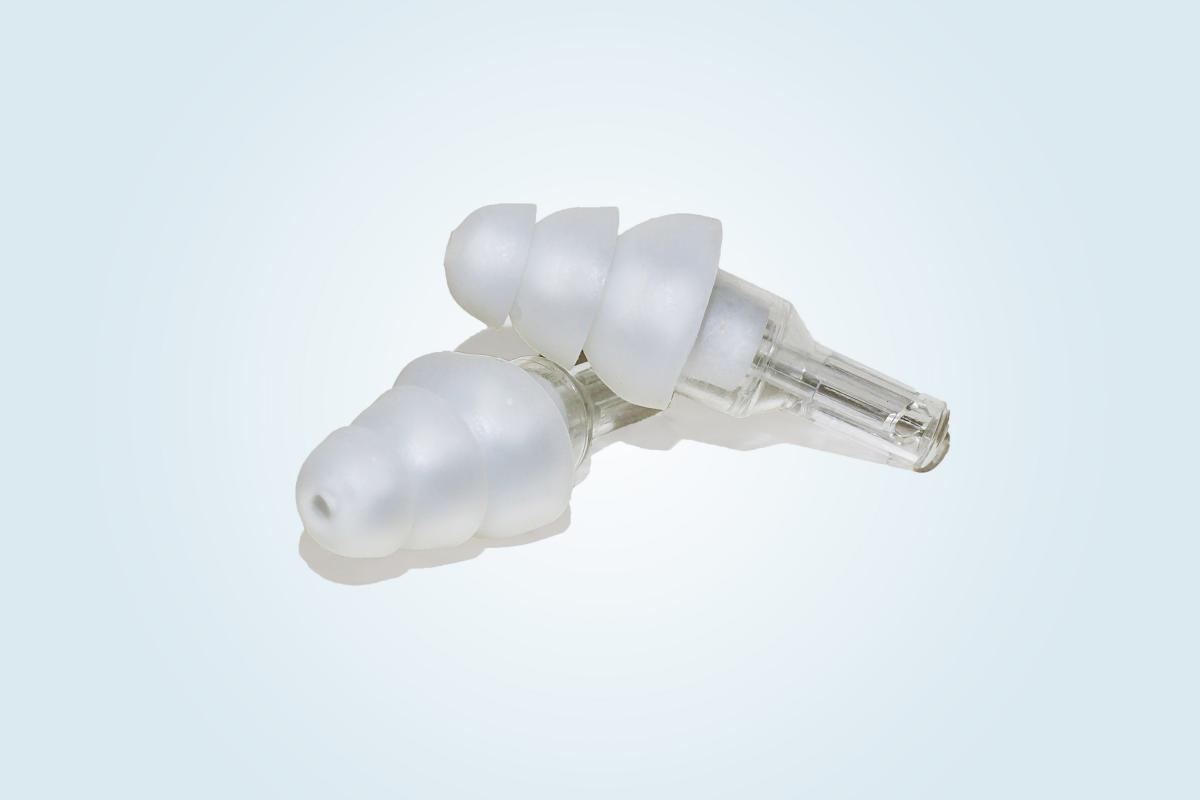
How to use:
- With clean hands, and clean earplugs, insert earplugs one at a time, one per ear. For each earplug, gently pull the top of your ear up and back with your opposite hand to straighten your ear canal. Use the other hand to firmly grip the stem of the earplug and gently slide the earplug into the ear canal, using a rocking motion until you have sealed the ear canal.
- Check the fit. You can make sure that the earplugs are fitted properly the same way you check formable foam earplugs: Ask a buddy to look, or use a mirror to see if the earplugs are inserted correctly. Your voice may also sound different to you.
- Carefully remove earplugs by slowly rocking them back and forth to break the seal with your ear canal. Then gently take them out of your ear.
- Earplugs should be cleaned between uses.
Protective earmuffs
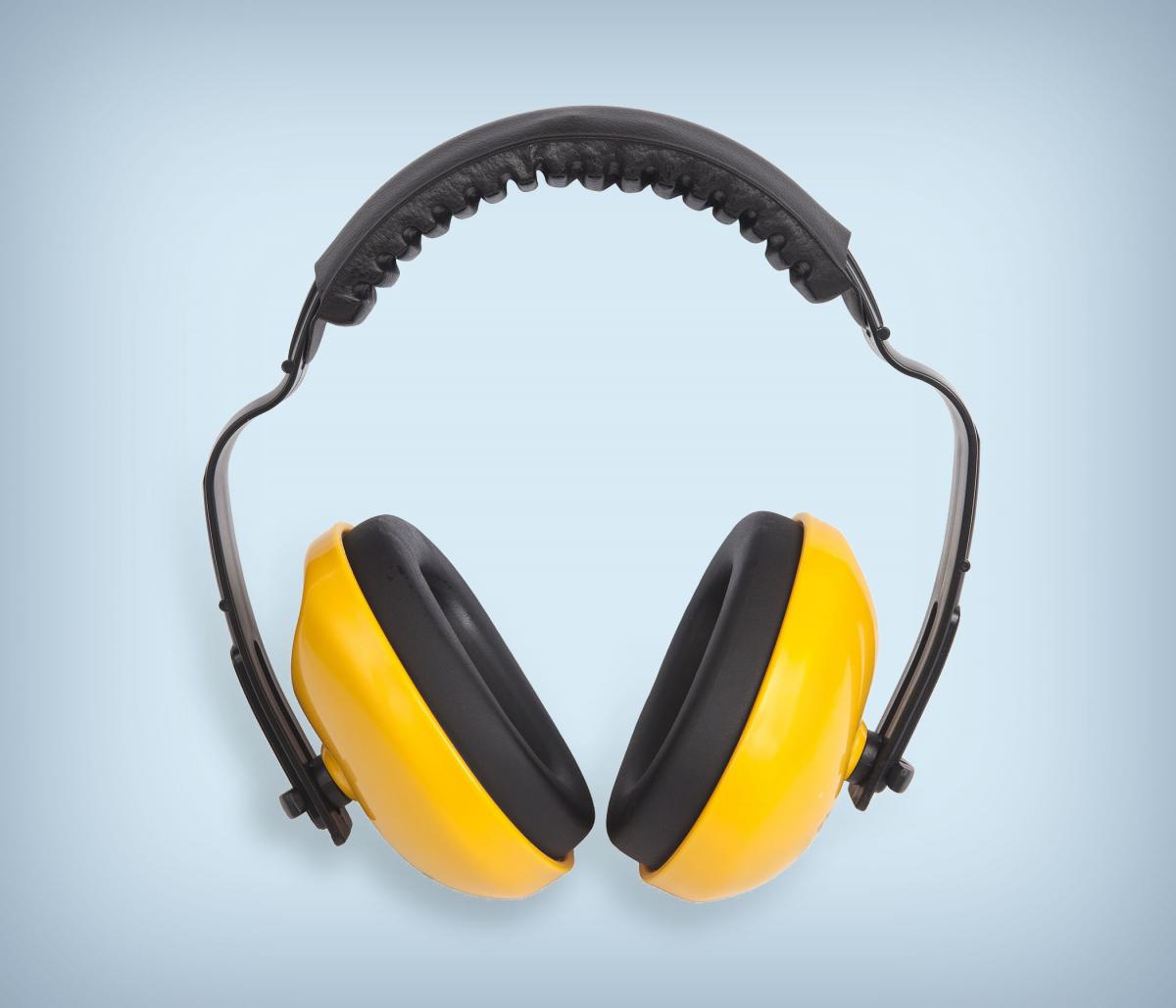
How to use:
- Grab each cup of the earmuffs, one side in each hand, and gently pull apart.
- Place the band over the top of your head and slowly release the cups, making sure they completely cover the ears and aren't too loose. Your voice should sound different to you if the earmuffs are fitted correctly.
Canal caps
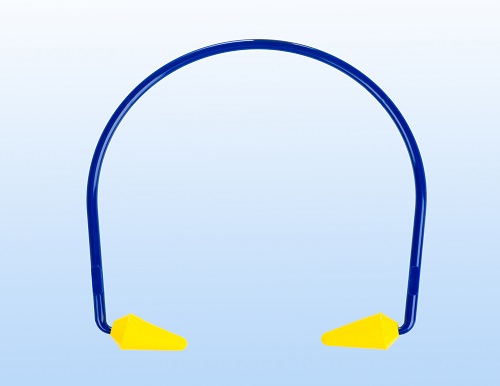
Tips for Wearing Hearing Protectors
- Practice wearing your hearing protectors around the house to get used to the fit.
- Bring an extra pair of earplugs or earmuffs when you go to a concert, game, or other noisy event. Share them with your friends so they can protect their hearing, too.
Caught Without Hearing Protectors?
If you forgot your hearing protectors at home or are suddenly confronted with a loud noise, cover your ears with your hands. Other ways to protect your hearing are to lower the volume (if possible) or to move away from the noise.

